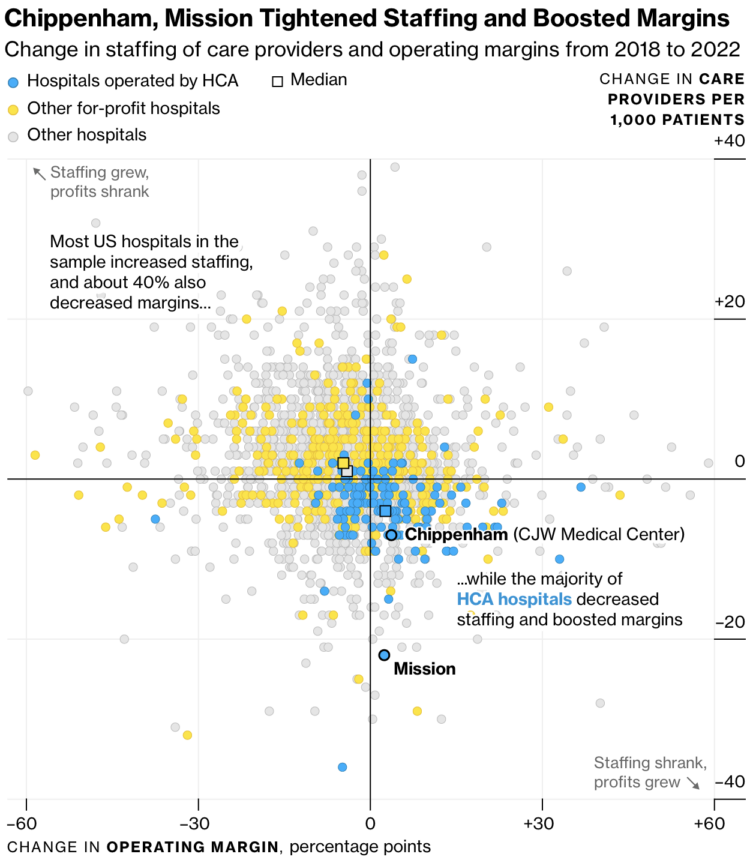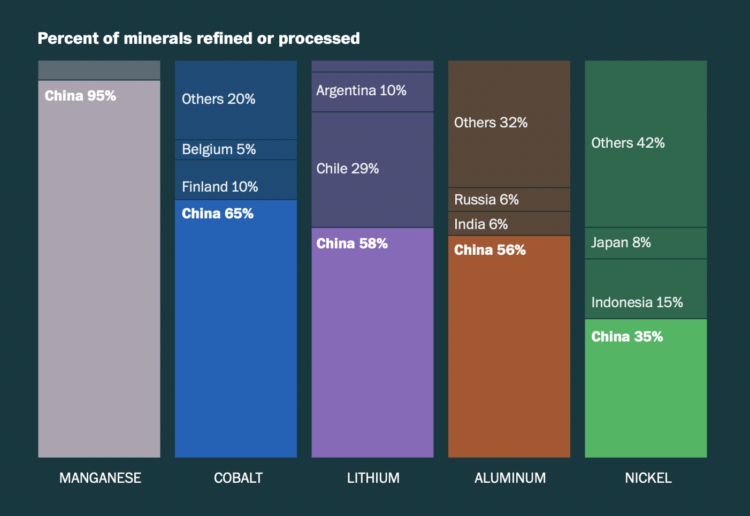For Works in Progress, Jared Hutchins explains how milk production increased per cow, a combination of artificial insemination, cryogenic preservation, and more data.
Note the dual axes in the chart above. The left y-axis shows total dairy cows, and the right shows average yield per cow. The natural next question: Did total milk production also increase with fewer cows? Yes.
In 1945, there were over 25 million dairy cattle in the United States; by 1980, the number had dropped by more than half to just over ten million. And the dairy industry as a whole became more productive. Between 1940 and 1982, the total supply of milk increased by a third, even as the number of dairy cows in the US halved.
I’m going to assume that we’d see similar patterns with other livestock and crops. Which has been moneyballed the hardest?




















 Visualize This: The FlowingData Guide to Design, Visualization, and Statistics (2nd Edition)
Visualize This: The FlowingData Guide to Design, Visualization, and Statistics (2nd Edition)










